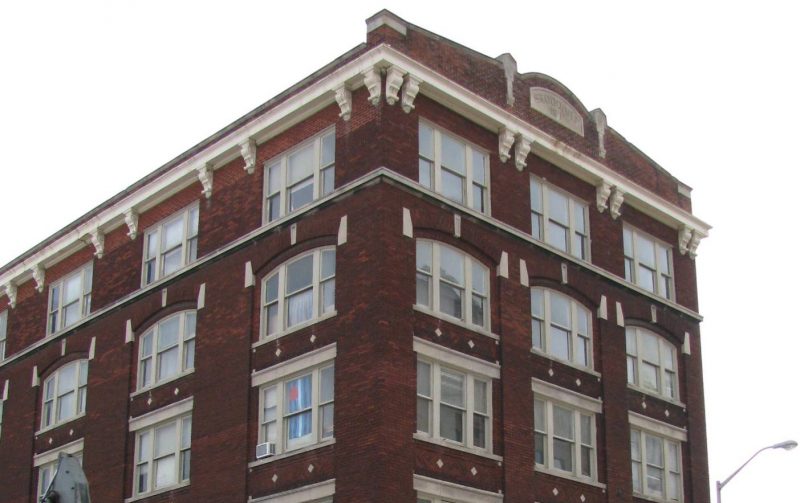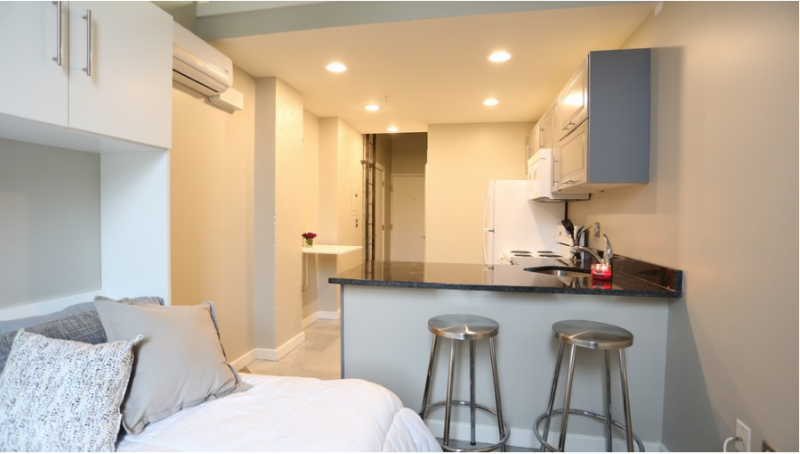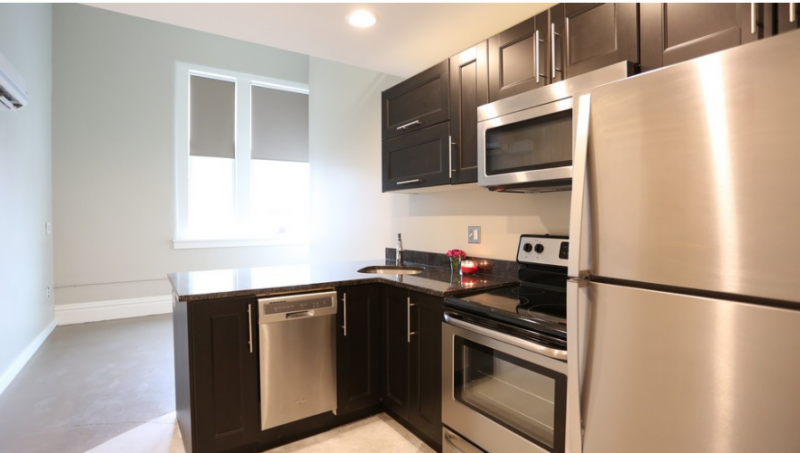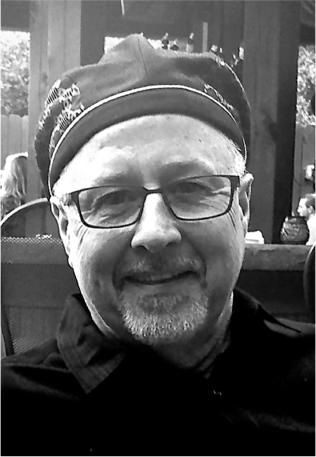Developing a Request for Proposal: Crafting the Best Message to Attract the Best Results Webinar
Wednesday, April 11th – 1:00 pm – 2:00 pm
Do you want to attract new development to your community? Do you have a “white elephant” building that needs reuse?
Craig Gossman will share some of the techniques and best practices in developing an sending out a Request for Proposal (RFP) to help you get the results that match your vision.
Speaker: Craig Gossman has over 35 years of experience in urban design, planning, historic preservation and architecture. For 15 years, Craig served as a Principal Partner with Kinzelman Kline Gossman (KKG) and later in the same capacity with MKSK. In 2013, Craig founded Gossman Group design & planning in order to pursue combined architecture & urban design work with select clients.
This webinar is a benefit of Heritage Ohio membership, to become a member click HERE
Heritage Ohio Members, register for the webinar click HERE
**This session has been approved for 1.0 LU AIA credits**
![]()
Main Street Board Member 101 Webinar
April 12, 2017 1 pm – 2 pm
Join us to hear from a long-time Main Street volunteer, board member and ex-president on the ins and outs of giving time to a local Main Street program. This webinar will be in an interview format to cover everything a new or existing board member needs know. We will ask about personal reasons for involvement, how to manage personal time, work time and volunteer time. How to take breaks when you need them. How to integrate the whole family. How to be a volunteer who manages staff. And much, much more. Come prepared with your own questions and join us for this webinar.
Heritage Ohio Members Register Here
Not a Member? Join Heritage Ohio now to get access.
PRESENTER BIO
Nicole Fowles is the Communications Manager for the Delaware County District Library. She is also a current board member and past president of the Main Street Delaware program. In her tenure with Main Street Delaware, the program was annually accredited, reached its 15 year anniversary, and then-Executive Director Frances Jo Hamilton was awarded with Main Street Manager of the Year. Nicole’s strengths as a board member lie in organization, commitment and conflict resolution.
![]()
Stoddart Block Easement
260 S 4th St,
Columbus, OH 43215
In December of 2013, Heritage Ohio received a conservation easement on the Stoddart Block, and the adjoining Zettler Building, in downtown Columbus. For a building that began life as a furniture store, the newest chapter in its history would depend on millennials in search of a vibrant downtown.

As millennials continue to descend on downtown locations to live (and Columbus is no different than other big cities) the cost of prime downtown rentals continues to increase. To stem the rising rental cost, developers have turned to a new model: micro-living.

Trading off a living room in your apartment with a downtown “living room” full of entertainment options, the apartments’ modest square footage is ideally suited for the typical 20-something that hasn’t accumulated a lifetime of stuff or children! And pricing remains affordable—you can net a downtown Columbus address for less than $1,000 a month.

Beginning its existence as the Frohock Furniture Company, the building was well-suited for a conversion to residential use. From a financial standpoint, granting a conservation easement to Heritage Ohio provided the charitable deduction to the building owner that ultimately helped the project move forward. However, both the federal and state tax credits also provided critical sources of capital to make the project a reality.
Commented director Joyce Barrett, “The Stoddart and Zettler renovations brought new downtown living options, and a couple popular eateries, but also showed how historic buildings created for a specific use can be creatively repurposed to meet today’s needs.”
For more information on Heritage Ohio’s easement program, contact Frank Quinn at fquinn@heritageohio.org or at 614.258.6200.
![]()
Webinar: How Autonomous Cars Will Reshape Our Cities
Autonomous cars are coming. What was once a futuristic concept, often associated with pop culture films like Minority Report, is not only possible, but is coming very soon to a roadway near you. Autonomous cars are precisely what the term “disruptive technology” describes. It is technology that will fundamentally change much of what we know about personal transportation – changing our habits, our preferences, and our opportunities, and nothing will be more impacted by these changes than our cities.
This technology is not only being rapidly developed, it is being defined by the largest and most influential corporations in the world. Much-publicized efforts by Google have already resulted in over 1 million self-driven test miles in California, with recent expansion to Texas. Subsequently, Apple Inc., numerous car manufacturers, and leading automotive technology companies have joined in the accelerating efforts to refine this technology and bring it to market. Most recently, Uber has set up its own dedicated lab to create a fleet of driverless vehicles, creating a stir in the industry by hiring over 40 top robotics researchers from a competing lab at Carnegie Mellon to jump start their process. Manufacturers such as Tesla have already implemented “autopilot” technology in vehicles, which is seen as a significant step toward introducing consumer autonomous technology.
As city planners, we must be on the forefront of understanding this technology and how we can prepare for the potential impacts. Our research team is concerned by the general lack of acceptance and understanding that we’ve encountered among planning professionals regarding the near-certain implementation of this technology. In response, we will outline the issue in the context of the planning profession, including the following topics:
- Disruptive Urban Technologies – a brief history
- Technology Today – where we are now (already pretty far along, by the way!) and what the next few years are likely to hold
- Potential Adoption Trends – who, what, and where
- Local and Regional Impacts for Planning – case studies of potential impacts ranging from regional transportation networks to site-specific urban neighborhoods
This presentation will include modeled scenarios for potential impacts to roadway networks, neighborhood development, and site design. Specific planning tasks such as comprehensive planning and zoning code revisions will be discussed as well, as they will be instrumental in preparing for -and adapting to- this emerging technology.
Heritage Ohio Members Register Here
Not a Member? Join Heritage Ohio Today.
![]()


